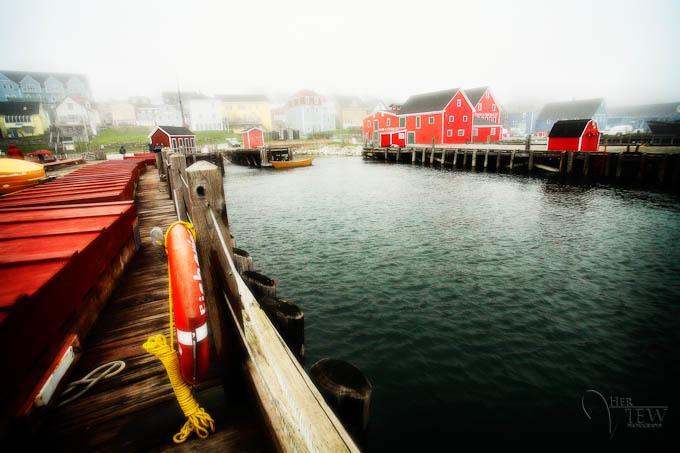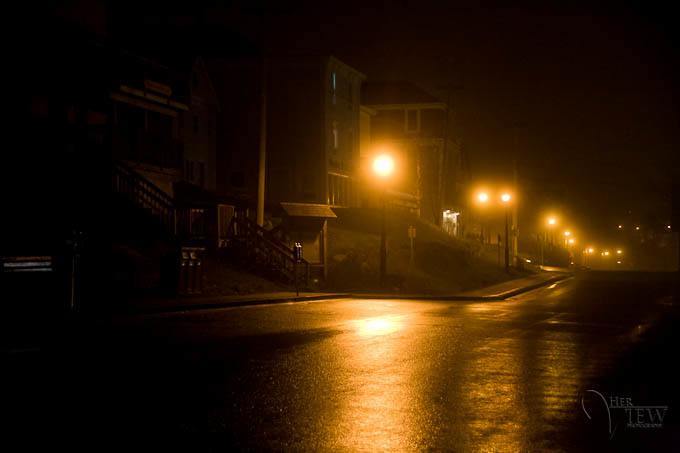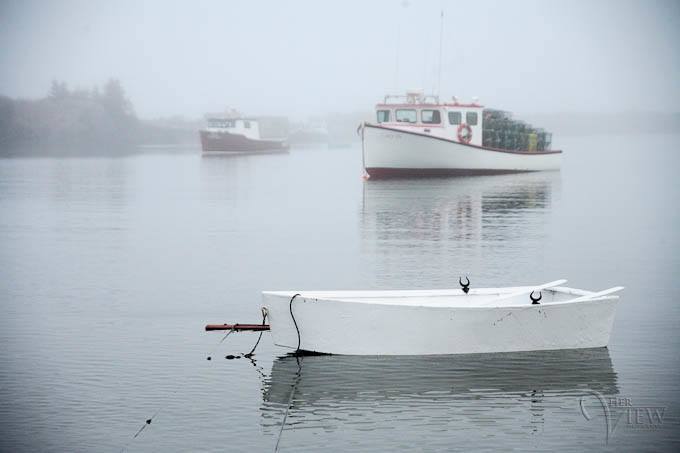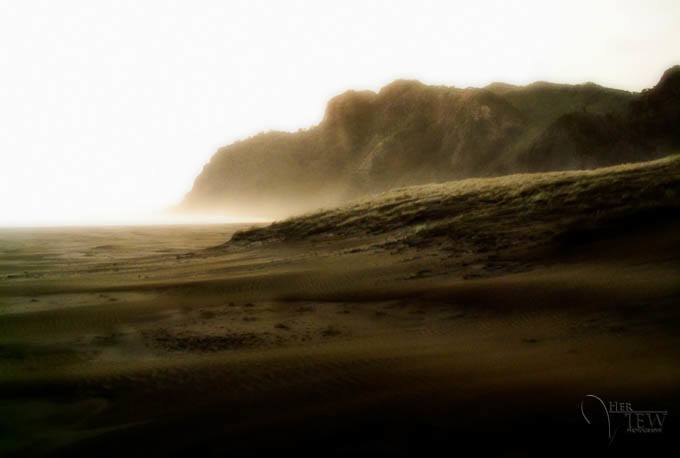From time to time I will be posting articles from guest authors, this is the first such article. It will provide a different perspective and style from mine, and hopefully you will enjoy the content. Feedback is welcomed and encouraged, so please post comments below!
Guest author: Rick Rouse
Many photographers prefer to stay indoors on cold, rainy, or overcast days, but bad weather often provides a host of opportunities for taking great pictures that simply aren’t available when the weather is nice. For example, some of my favorite images were captured on soggy days when the colors of autumn virtually burst right out of the scene! That being said, it is critically important to protect your camera gear, and yourself, from less than optimal weather conditions. Here are a few tips that can help when photographing in bad weather:

#1. When it’s raining, make sure you keep your camera dry at all times. Just a hint of moisture seeping into the body of your camera could cause all kinds of problems. If possible, take an assistant along with you and task him/her with holding a large umbrella over your camera as you shoot. Another option is to purchas a plastic rain cover to slip over your DLSR and lens. And if at all possible, avoid changing lenses while it’s raining. If your camera does happen to get wet, thoroughly dry it off right away to keep water from seeping into the body.

#2. During periods of extreme cold, take measures to keep your camera as warm as possible. Take it out of the camera bag just long enough to fire off a few shots, then place it back in the bag and close it up. And since battery life is greatly diminished at cold temperatures, it’s a good idea to remove it from the camera and place it in an inside pocket where your body heat will keep it warm. When you’re ready to shoot again, simply take it out of your pocket and place it back in the camera. And oh, a second “backup” battery is always a good thing to have.
#3. Always take a large zip-lock bag with you when you take your camera outdoors in cold weather. Before you head back indoors, place the camera in the bag and zip it up tight to prevent condensation from forming on (and in) the camera when it goes quickly from the cold, dry weather outdoors to the warm, humid air inside. Be sure to leave the camera inside the zip-lock bag until it reaches room temperature!

#4. Consider purchasing an inexpensive point-and-shoot camera for use on days when the weather is nasty. These days you can get one that’s small and easy to slip safely into a shirt pocket, yet powerful enough to take great photos during those times when a bulky DSLR just isn’t practical. (Note from Darlene: Another option in between an SLR and point-and-shoot is one of the new compact or Four Thirds (4/3s) cameras such as the Sony NEX line, Nikon V1 or J1, and the Panasonic G-series. They have interchangeable lenses, are light and easy to carry and are less expensive than their larger SLR cousins, but still have all the flexibility and full manual control options.)

#5. Just as important as protecting your camera gear during bad weather is protecting yourself. Dress appropriately for the weather at hand, as well as whatever the forecast is predicting for later. Also, be sure to let someone know where you are going and when you expect to return. After all, cameras and such can be replaced. You can’t.
Darlene’s final note
To summarize, don’t automatically put your camera away when the weather doesn’t cooperate or isn’t optimal, because “crappy weather” could turn into some stunning and dramatic images. Be daring, be brave, do what others are afraid to do and you will likely come back with unique images for your efforts. I hope you find these tips for photographing in bad weather to be useful.

Image by Darlene
Action items
Part one: if you have feedback on this article, please add a comment below. If you liked it and found it useful, please share it with your friends using the social media links below.
Part two: challenge yourself to get outside and photograph when it’s snowing, raining, foggy or anything other than sunny. Try and create 4 bad weather photographs and show us your results, let’s see what you can do?! Sharing image online: there are many ways to do that including Facebook, Flickr, Google+ and pretty much any social media site. Those are all great options and they’re all mostly free. OR if you want something a bit more polished and sophisticated looking (you’ll seriously impress your friends!) I urge you to try Zenfolio to share your images and create a portfolio (read my review of it here). Whichever site you choose, send us a link to the image or texture gallery. Let’s see what you can do?!
Author Byline: Rick Rouse is a lover all things photography. Visit him at TodaysPhoto.org Photography Blog where you can check out the Picture of the Day and a host of great photography articles.